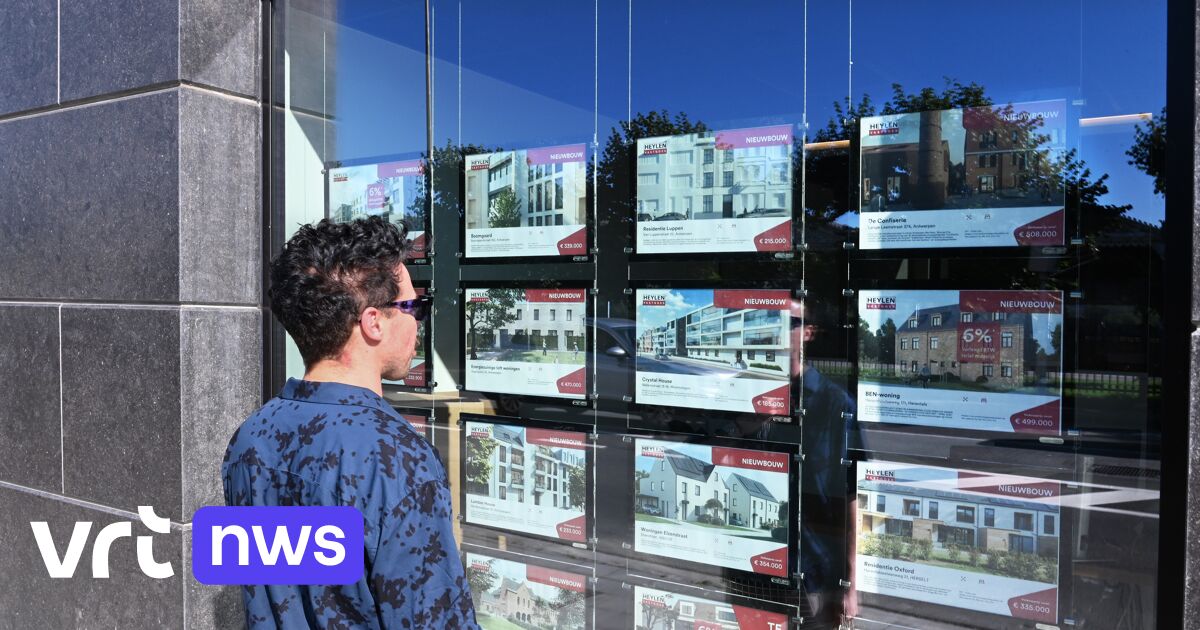You can enter a neighborhood with heat transfer vision in hand, but if you make a purely technical argument, you’ll miss the point. Neighborhood Compass provides you with tools to get started right. Every neighborhood approach must begin with an interest in the social issues that play a role in the neighborhood. Only then do you start looking at the technical and economic aspects,” says Yael Artsma, director of the New Energy Neighborhoods program at Stroomnel.

No concrete promises
“Fortunately, we have many examples where this process is going well. However, very little is still happening. On an intellectual level, municipal officials know that you should actually go to the neighborhood, because in this way you can fulfill the desires of the residents and the networks that are in the neighborhood Better. You just learn a lot. But whether it is because of a lack of personnel or because of a lack of knowledge and experience, you will often see that the project team begins to calculate all kinds of technical options.”
“Sometimes municipalities have the idea that a lot of things still need to be settled so that you can reach residents with a clear story. Then I say: As long as you don’t make any concrete promises, you can just go into the neighborhood and start the conversation with everyone as an equal discussion partner and gather your information. In Ultimately, residents want—quite rightly—to be co-owners of improvements in their neighborhood.”
Six subjects, two tracks
Wijkkompas is a tool from Stroomsnel, to which Aartsma also contributed. This tool provides guidance throughout the neighborhood approach and takes into account the factors and concerns that play a role. The schedule and focus are indicated on the six most important topics (see image above). They are categorized into the socio-economic and technical-economic pathway.
social track
Within the social track in the neighborhood approach, these are the three main themes:
- Residents participate: The wishes, interests and perspectives of the residents are carefully considered in the neighborhood approach. Use of existing networks and structures within the neighborhood. Residents’ initiatives are given space to play a role in the neighborhood’s approach.
- Commercial real estate owners share: The interests and perspectives of housing associations, private landlords and non-residential building owners are included in the neighborhood approach. The neighborhood’s degree of ownership and energy demand mean that commercial property owners can be more or less involved in the process.
- The decision is made carefully and transparently: Decision makers and decision makers play their guiding role in a way that suits the neighborhood. The views and interests of all stakeholders are well taken into account in the transparent decision-making process. Stakeholders are informed regularly and are also given the opportunity to have a say in the decision-making process, for example through opinions, engagement evenings or citizen consultations.
Economic technical track
There are also three main axes within the technical-economic track of the neighborhood approach:
- The switch is affordable and bankable: All stakeholders, including residents and commercial and municipal property owners, can pay or finance the measures required for a sustainable home or neighborhood. The necessary investments and costs are properly distributed.
- There is a suitable renovation offer for all buildings: Every neighborhood, street, and building is different. A suitable renovation offer is available for each building, with the appropriate technological solution. Solutions contribute to the sustainability of homes and the quality of life of the neighborhood as a whole.
- The power grid is reliable and free of fossils: The power grid supplies the area with the required heating and electricity. Supply and demand match each other and all energy is fossil-free.
Are you part of a project team in a live approach? Then go to compass. nl And see for yourself what this tool can do for your area.
source: Rapids
Image (above): Shutterstock

“Total coffee specialist. Hardcore reader. Incurable music scholar. Web guru. Freelance troublemaker. Problem solver. Travel trailblazer.”








More Stories
Does black charcoal toothpaste whiten your teeth?
“The Federal Reserve limits the space of the European Central Bank”
The climate crisis will cost us a lot of money